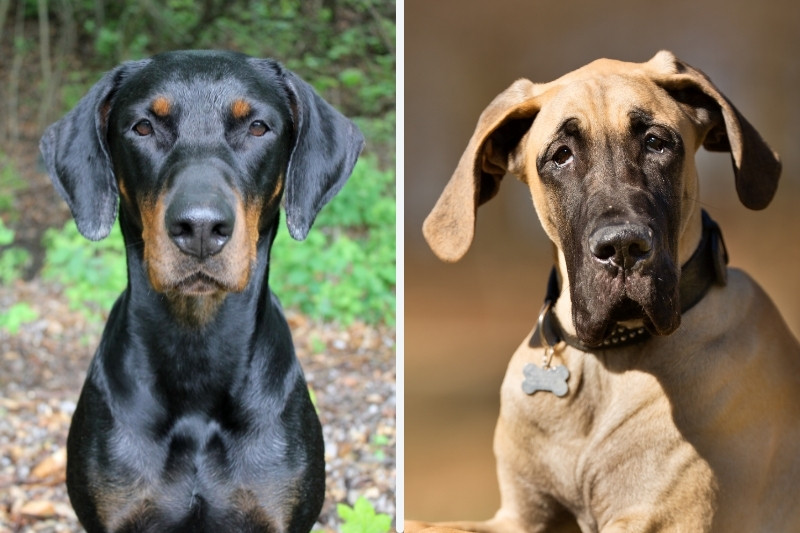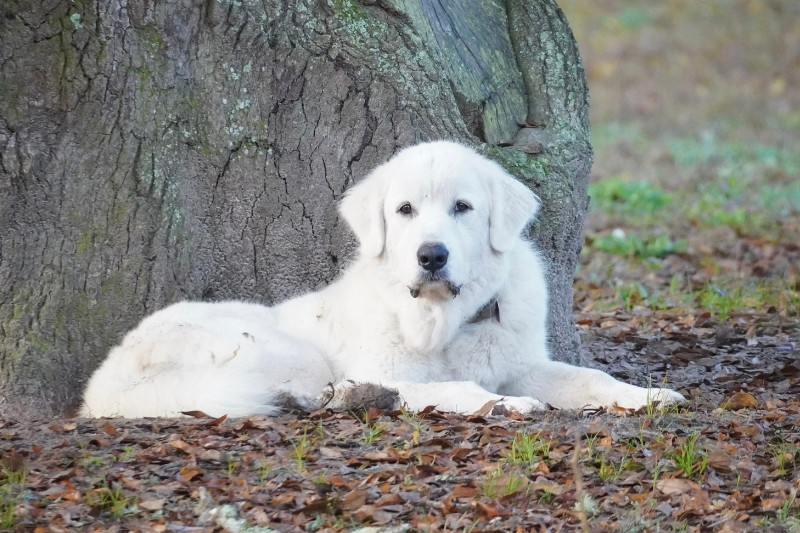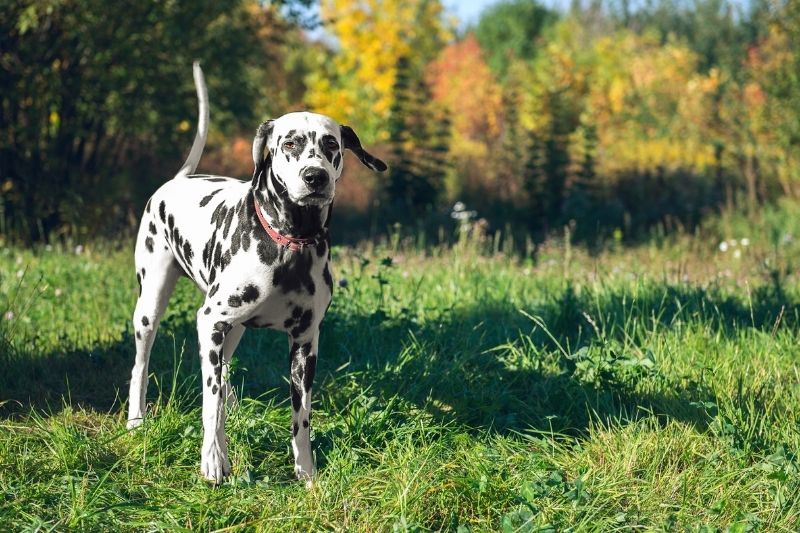Do Welsh and Pembroke Corgis Shed?

The real question here is how often does the Queen have to vacuum Buckingham Palace. (She’s had 30 Pembroke Corgis all descendants of Susan, a pup she got on her eighteenth birthday)! Corgis are absolutely fit for royalty – they’re incredibly cute, very intelligent, full of energy, and they make wonderful family pets. But, do Corgis shed? Simply, yes.
We can’t all have servants vacuuming our palaces for us, so here are the best ways to keep your floors fuzz-free and your Corgis happy too.
History
Both breeds were originally bred as working dogs on cattle farms. Their little legs, long bodies, and high-energy levels made them perfect for dodging between cows as they herded them to the barn. They both originated in Wales, the Pembroke Corgis from Pembrokshire and the Welsh Cardigan Corgis from Cardiganshire (surprisingly). Although they look it, and quite honestly it’s difficult to believe, they actually don’t have common ancestors.
Differences between Welsh and Pembroke Corgis
Apart from their heritage, there are also a few more differences between the two breeds. Pembrokes have their tail docked close to their bodies, whereas Cardigans actually have a long and pretty fluffy tail. Cardigan Corgis also have a bit more shape, their rears tend to slope down more giving them less of a ‘boxy’ look. Pembroke Corgis also only come in three different colors – red, tricolor, and sable – whereas Cardigans come in many more.
As their general appearance would indicate, there are also a lot of similarities between these two breeds. They both tend to have fun personalities, love being around humans, make great guard dogs, and thrive under intelligence training. Something else they have in common? Corgi shedding.
Corgi coats
Both breeds of Corgi have medium-length, double coats. This means that under the coarser, outer coat, is a softer, denser downy one. Generally, dogs with double coats tend to shed more – corgis being no exception.
What exactly is shedding?
It’s completely normal and all dogs shed to a degree. (Here is a list of pups that shed less). It happens when the old hair stops growing and the new hair comes through. What makes a dog a super shedder or a hypoallergenic breed is how quickly this cycle happens. Dogs that lose their hair and grow more hair quicker, shed more.
When do Corgis shed?
Corgis tend to shed year-round but because they are double-coated they also shed more seasonally as they prepare for the change in weather. You can expect your pups to shed more in fall as they lose their summer coat, and spring as they lose their winter one.
What triggers a Corgi to shed?
As mentioned above, it’s totally normal for Corgis to shed daily. But there are a few other things that could trigger them to shed in excess – which of course, you want to try and avoid. Corgis, and other pups, can shed even more when they are stressed. If you notice your dog is losing more hair than normal, look for other signs of stress and take them to a vet if necessary. Signs could include not being able to sit, barking more, looking confused, or a change in behavior.
There are certain skin conditions and parasites that can also cause Corgi shedding. If you suspect this might be the cause of all the hairballs around your house, contact your vet. It’s also really important to make sure your dog is well-fed and doesn’t have any nutritional deficiencies. This can lead to them having unhealthy skin and hair which falls out more easily.
Allergies may be another possible reason why your Corgi is shedding in excess. Grass or other irritants could aggravate their skin and cause hair loss.
If you notice a large increase in the amount of hair around your home and how much you’re having to vacuum, it might be worth checking with a professional to make sure there isn’t something else going on.
How to manage shedding
The answer to do Corgis shed is most definitely yes. But you shouldn’t let that put you off getting one of these adorable dogs. Shedding is manageable if you do a few easy things.
Brushing
This is absolutely the best way to keep your Corgi’s shedding and your housework to a minimum. Make sure you get a good brush that thoroughly removes all the dead hair before it ends up on your clothes. If possible, but it isn’t always practical, try to brush your Corgi every day. This will make them get into the routine of doing it and reduce hair on the floor to a minimum.
Brushing is also a great way of distributing oils throughout their coat to keep it looking healthy and glossy. It gets rid of dead skin and is a great way for you to spend some time bonding with your pup.
Bathing
Although it isn’t the easiest time for every dog, bath time is very important if you want to reduce the amount they shed. Bathing them with a good quality dog shampoo helps to loosen any of the dead hairs and skin cells before you brush them. Make sure you let them dry before you brush them, as doing it when they’re wet can hurt your dog.
It’s good to bathe certain dogs to keep them clean and their coat and skin healthy, but make sure you don’t over bathe them. This could lead to their skin drying out and becoming painful.
Diet
Making sure you feed your pup correctly is really important for many reasons, but it also helps with shedding. It’s vital they have a balanced diet and are getting all the nutrients they need to keep their fur and skin healthy. If you’re not sure, check with your vet.
So yes, Corgis do shed a lot, especially twice per year. But with these simple methods, you can keep the hair to a minimum. It’s absolutely not a reason (unless you’re allergic!) to not add a Corgi to your family. They make great pets and almost everyone in the park stops to admire their little legs!
If you do suspect your pup is shedding more than normal, take them to a vet just to be sure.
Do you have a dog that sheds a lot? What is their breed and what do you do to manage it?

DogsPlanet.com is one of the main websites for dog owners, future owners and dog lovers. Our team of authors seeks to answer the questions that you frequently ask yourselves.








